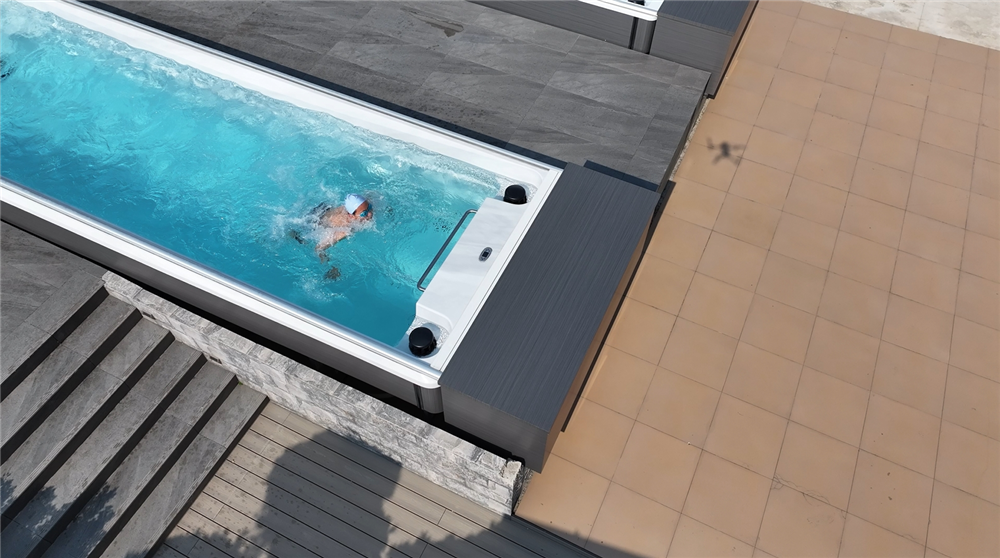The Science Behind Ice Baths: How Cold Exposure Accelerates Recovery
Ice baths, or cold-water immersion (CWI), have become a staple in athletic recovery protocols. But what exactly happens when you submerge your body in icy water? Let’s break down the physiological mechanisms at play.
1. Immediate Vasoconstriction
When your body hits temperatures below 15°C, blood vessels near the skin’s surface constrict rapidly. This “cold shock” response reduces blood flow to muscles, minimizing swelling and inflammation. Studies show this process can cut metabolic waste accumulation by 40% post-exercise, halting the spread of micro-tears in muscle fibers.
2. Hormonal & Nervous System Regulation
Cold exposure triggers the release of norepinephrine, a stress hormone that sharpens focus and dulls pain perception. Athletes report a 30% reduction in perceived soreness after 10-minute ice baths. The parasympathetic nervous system also activates, lowering heart rate by 15–20 beats per minute to conserve energy.
3. Reactive Hyperemia (The Rebound Effect)
Here’s the magic: After exiting the ice bath, constricted blood vessels dilate explosively, flooding muscles with oxygen-rich blood. This “flush” effect enhances lymphatic drainage, removing inflammatory cytokines 2x faster than passive recovery. NBA teams often pair ice baths with 5-minute warm showers to amplify this rebound circulation.
4. Long-Term Adaptations
Regular ice baths (2–3x weekly) may boost mitochondrial density in muscle cells, improving endurance. However, power athletes beware: Chronic cold exposure could shift muscle fiber type from fast-twitch (explosive) to slow-twitch (endurance), potentially hindering strength gains.
Pro Tip: Opt for 10–12°C water, 8–15 minutes per session. Avoid prolonged exposure (>20 mins) to prevent hypothermia.
Cold therapy isn’t just a trend—it’s a science-backed tool for optimizing recovery. Just remember: Balance is key.
